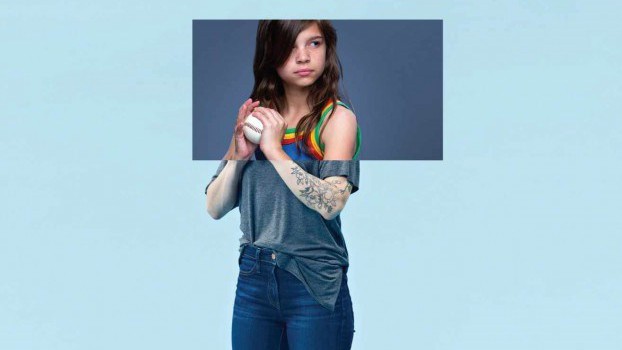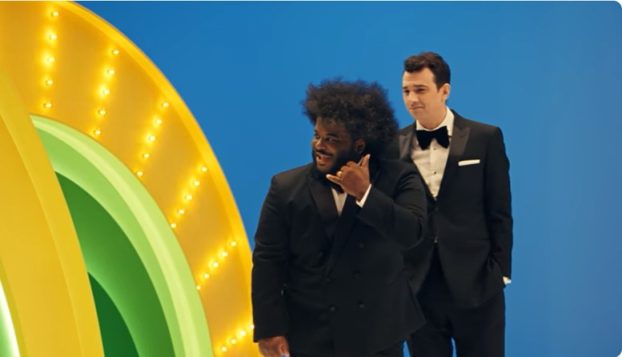Who: Adidas Originals, Herzogenaurach, Germany
What: The Adidas Originals Atelier concept, designed by Montreal-based Sid Lee and currently rolled out in three stores in New York, Berlin and Beijing. A premium store concept for leading-edge fashion cities, Atelier includes interactive elements such as Mi Originals, where consumers can design their own custom Adidas shoes; an interactive wall where consumers can take photos of themselves and display them on screens arranged in the trois feuilles of the Adidas logo; and a library for reading books, listening to documentaries and learning more about the brand.
The concept will be applied in takedown versions in shopping malls and store-in-store properties as the portfolio expands from 80 to 150 stores worldwide by the end of this year.
Revolutionary rationale: ‘We’re giving consumers control in that we’re saying you can do what you want with our products, you don’t need to be so restrictive,’ says Ted Mager, VP global retail concepts, sport style, Adidas Originals. ‘Originals started as sports products that people brought to the street or brought to music. We didn’t design a shoe for Run-DMC; they took the Superstar shoe and made it theirs.’
Design insight: ‘The Originals brand is speaking to the youth of today, whether they’re into music, street culture or skateboarding, so we need to have a design language that speaks to them,’ says Mager. ‘That language is in the product and also in the communication tools that we have, and retail is one of those. Mi Originals has proven extremely successful, which shows that consumers are waiting for tools that allow them to be original.
‘Retail is where we bring the entire story of Adidas alive. In our stores we’re able to control the atmosphere, the music, the staff, the product and the physical environment itself, which sets the tone for what we’re trying to tell the consumer about who we are.’
A store to explore
We took a virtual walk through the New York Atelier store with Sid Lee president Bertrand Cesvet and CD Kristian Manchester to understand the multifaceted retail concept, which precipitated the agency’s relationship as Adidas Originals’ creative, interactive and retail AOR.
Store as talking point Cesvet: The retail experience should be a strong and salient experience that people are prepared to talk about. You can look at the store as a transactional space or you can look at it as an intense encounter between consumers and your brand and a trigger to positive word of mouth.
Store as factory Manchester: There’s an industrial side; the cages cover the sides of the walls to give a rough-on-the-edges, accessible look.
Store as icon Cesvet: People respond to strong and surprising design elements that come in the form of icons, so in the store we have these chairs where people can get customized Mi Originals shoes. This is a unique feature that Adidas has, so we had to tie it to something that’s very relevant and meaningful in people’s imaginations; this notion of getting a tattoo is universally recognized, highly iconic.
Store as workshop Cesvet: We called it the Atelier because we wanted to refer back to the fact that Adi Dassler was a shoemaker. An atelier is a place where stuff gets done; an atelier gets messy.
Store as controlled chaos Cesvet: The idea is that any consumer can pick up on different things. It’s almost a probabilistic model where you maximize interactions, and you hope that it becomes meaningful enough that consumers will pick up the merchandise.
Manchester: We were careful to limit the amount of interactions and colours, because the products themselves are what’s important. There are different influences but everything’s coded [painted] white to create that overall aesthetic.
Store as locker room Manchester: We wanted to illustrate how sports heritage became more like street culture, so this is extending [Adidas’s] sports heritage and showing different stories and moments from their 60 years of history.
Store NOT as museum Cesvet: We found that stores are often museums; a museum is a space where nothing gets done.
Manchester: Our goal was to bring the brand and product stories to life in the store because it was kind of minimal and cold, and we found that that space was taken by a lot of other retailers.
Store as library Manchester: We’re trying to create a zone where people can take in the stories in their own time without having to push it down their throats. There’s a library section to sit down and listen to the Adi documentary or anything of interest at that moment. We can customize it for the Olympics or for a street event. This welcoming approach is inspired by Adi, who would bring athletes over to customize their
shoes for an event.
Store as canvas Manchester: People can leave their traces on the wall [as digital video or photos]. It has a lot of potential to link up to a digital component [in a campaign] and create something really interesting.
Jump to:
Panago Pizza: Takeout for foodies
Island Abbey Foods: Innovation is sweet























